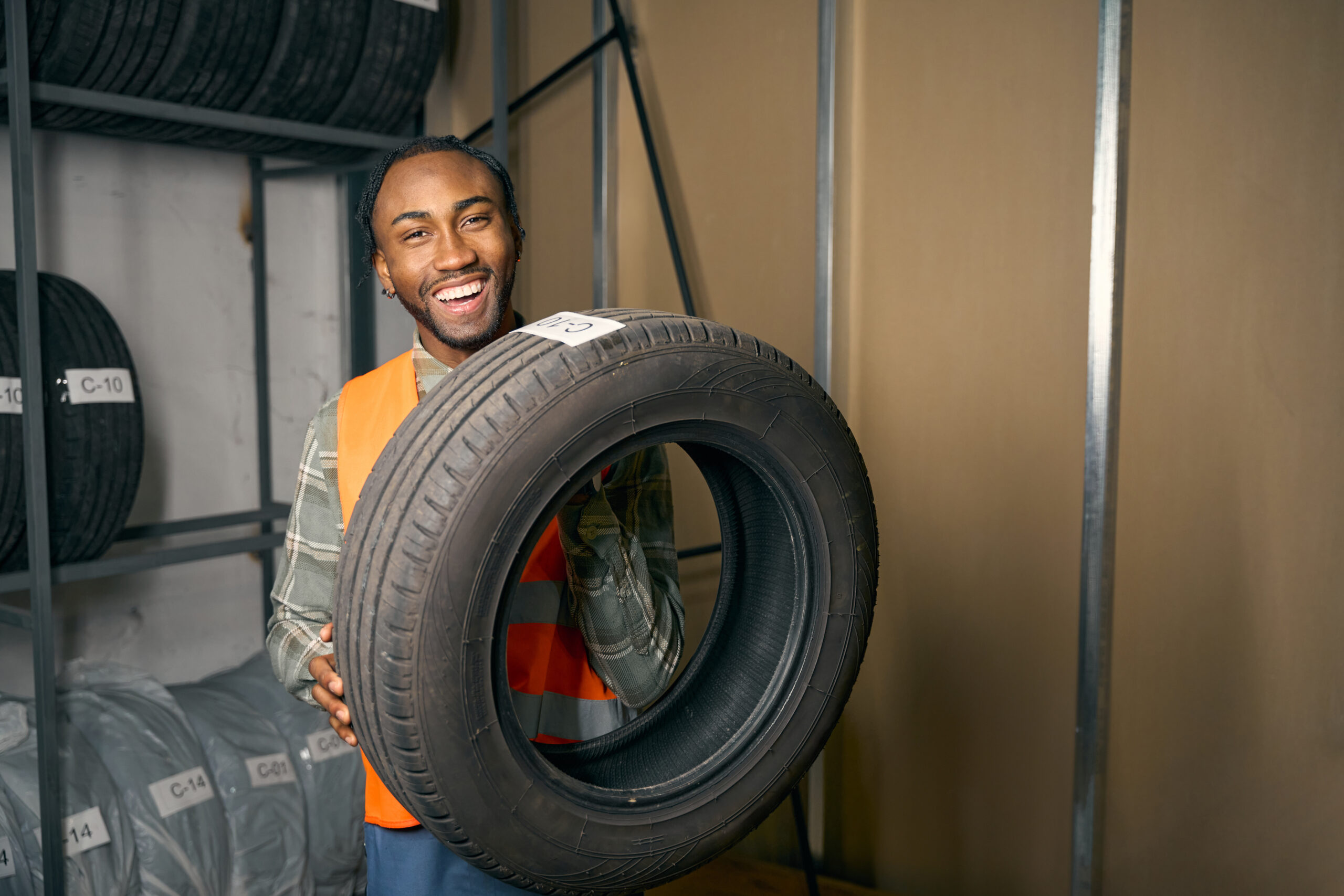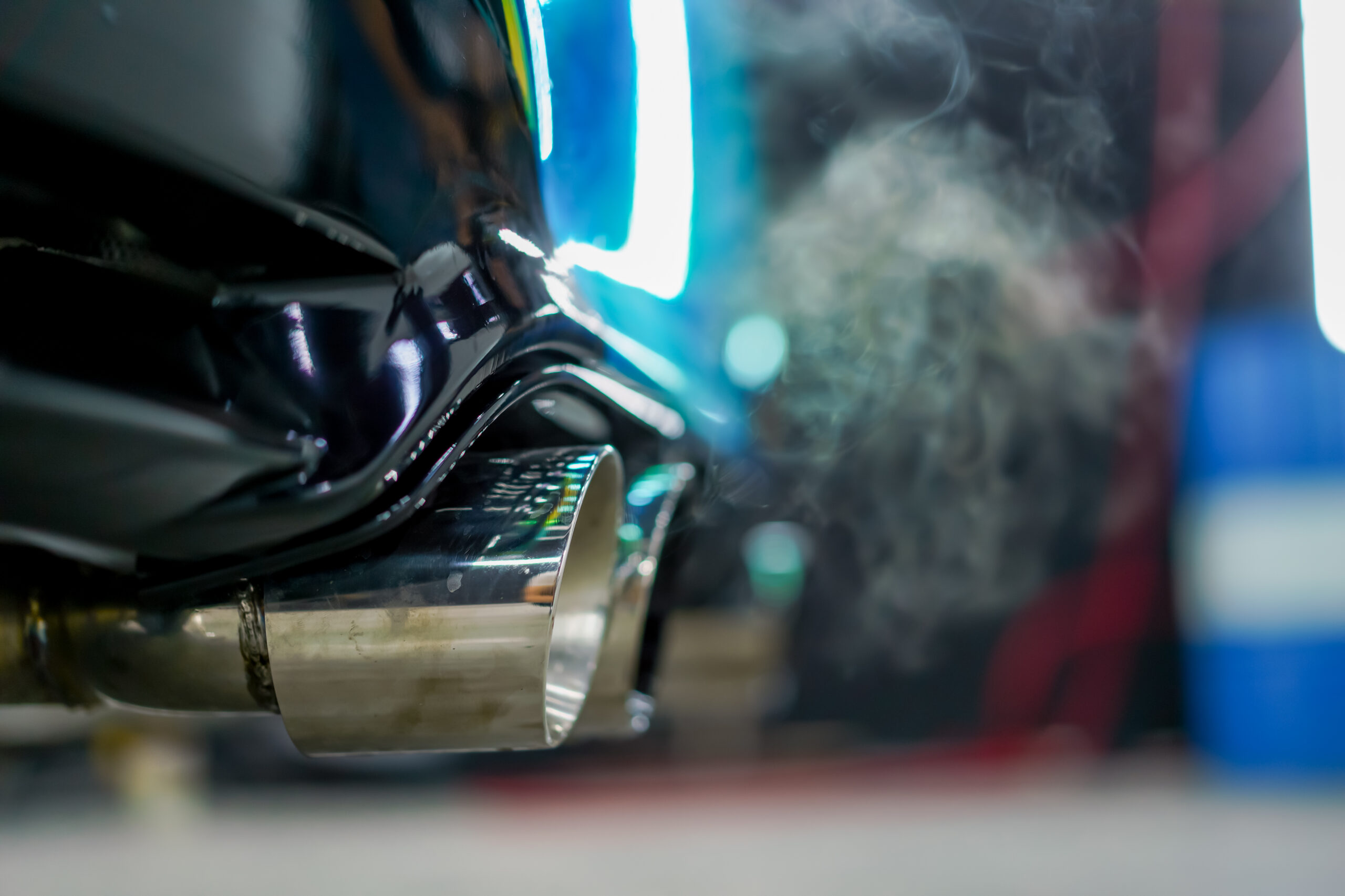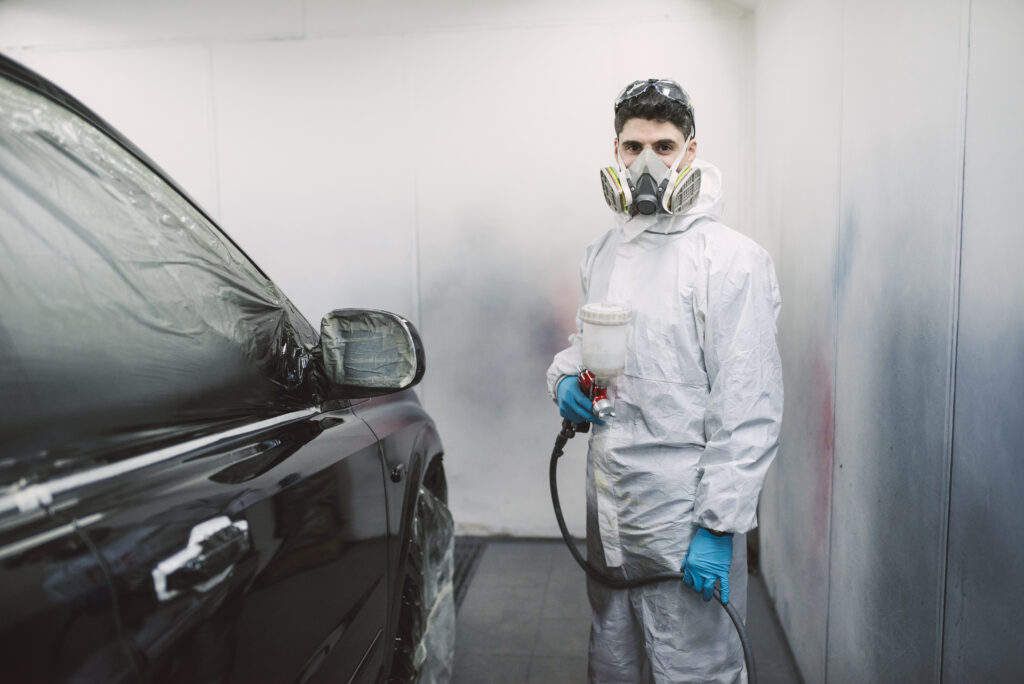When it comes to car accidents, understanding who is responsible for covering the damages can be complex, especially if you live in a no-fault state. You may have considered about who pays for car damage in a no fault state. In no-fault states, the traditional concept of who is at fault in an accident doesn’t necessarily determine who pays for the damages. Instead, the insurance system is designed to streamline the claims process and reduce the need for litigation by having each driver’s insurance company pay for their own policyholder’s injuries and other out-of-pocket expenses, regardless of who caused the accident. However, property damage is often treated differently, which can lead to confusion about who pays for car repairs.
This article will explore how car damage claims work in no-fault states, what insurance covers, the role of Personal Injury Protection (PIP), and the exceptions to the no-fault rules that may still hold an at-fault driver financially responsible for damages.
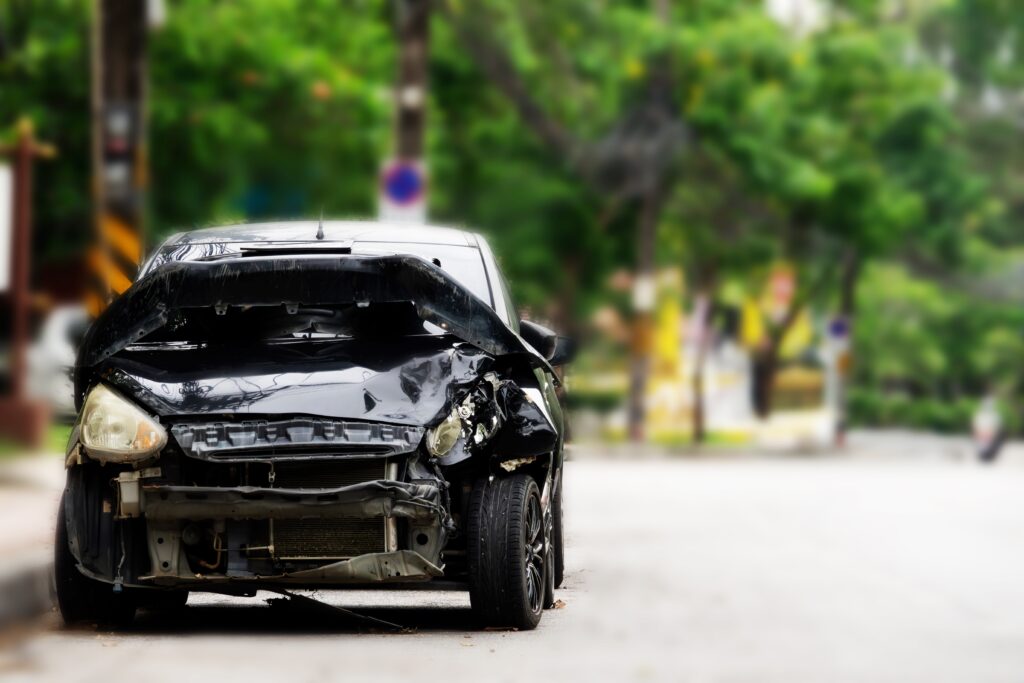
Understanding No-Fault Insurance
The term “no-fault” refers to a type of car insurance system where each driver’s insurance policy covers their medical expenses, lost wages, and other injury-related costs, regardless of who caused the accident. The primary purpose of no-fault insurance is to reduce the time and expense associated with determining fault and pursuing legal action after an accident.
In a no-fault state, drivers are required to carry Personal Injury Protection (PIP) coverage as part of their auto insurance policy. PIP covers medical expenses, lost wages, and other related costs for the policyholder and their passengers after an accident. This coverage is provided regardless of who was at fault, which simplifies the claims process and ensures that injured parties receive compensation more quickly. So when it comes to who pays for car damage in a no fault state, it goes to the insurance level.
However, it’s important to note that no-fault insurance typically does not cover property damage, including damage to your vehicle. This is where the situation can become more complicated, as different rules apply depending on the state and the specifics of the accident.
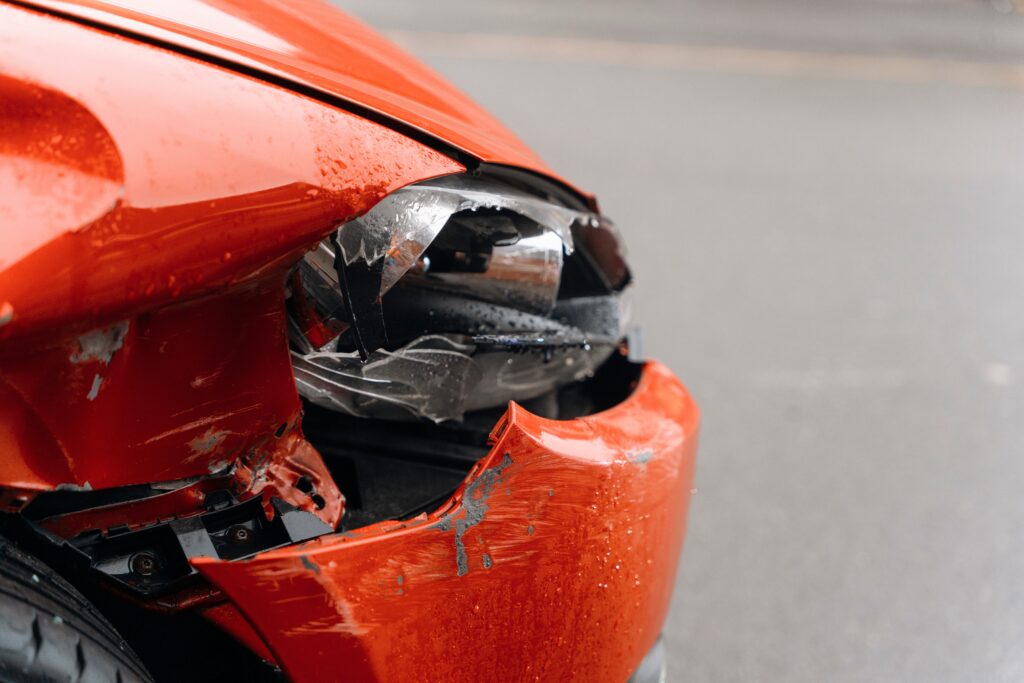
Who Pays for Car Damage?
While no-fault insurance simplifies the process for injury claims, it doesn’t automatically apply to property damage claims. In most no-fault states, the at-fault driver is still responsible for paying for damage to other vehicles and property. This means that even in a no-fault state, if you cause an accident that damages another person’s car, your liability insurance will likely be responsible for covering the cost of repairs.
For your own vehicle, collision coverage is typically the type of insurance that will cover damage repairs. Collision insurance pays for the cost of repairing or replacing your car if it’s damaged in an accident, regardless of who was at fault. If you don’t have collision coverage, you may have to pay for the repairs out of pocket unless the other driver is found to be at fault and their insurance covers it.
In some cases, your insurance company may seek to recover the cost of the damages from the at-fault driver’s insurance company through a process called subrogation. If your insurer is successful, you may be reimbursed for your deductible.
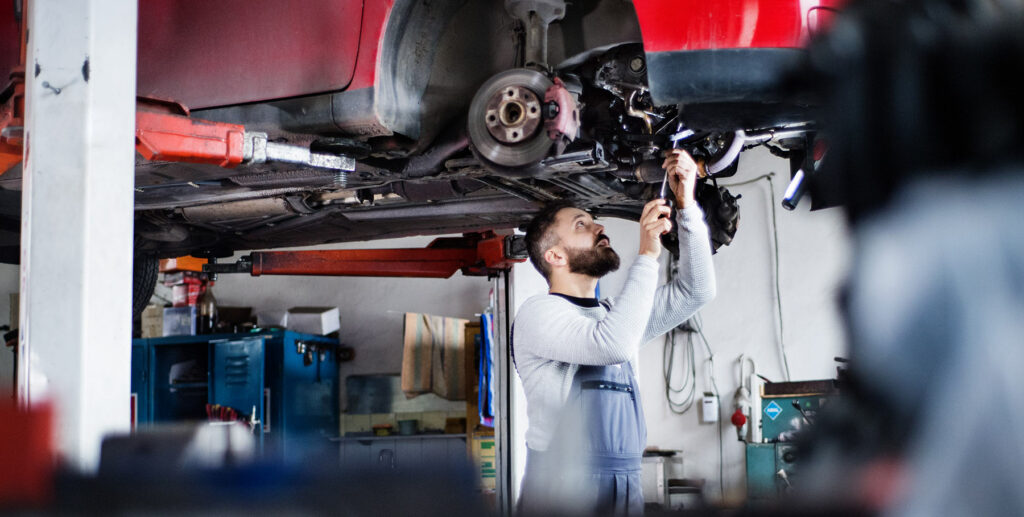
Exceptions to No-Fault Rules
Although the no-fault system is designed to reduce the need for litigation, there are exceptions where you can step outside the no-fault system and file a lawsuit against the at-fault driver. These exceptions typically involve cases where the damages exceed a certain threshold, either in terms of the severity of injuries or the cost of repairs.
For example, suppose your injuries are severe or your medical expenses exceed a certain amount. In that case, you may be able to file a personal injury lawsuit against the at-fault driver to recover additional compensation. Similarly, if your vehicle is significantly damaged and the cost of repairs exceeds your insurance coverage, you may be able to pursue a claim against the other driver’s insurance.
Each no-fault state has its own rules and thresholds for when a claim can move beyond the no-fault system. It’s important to understand the specific laws in your state and to consult with a legal or insurance professional if you’re unsure of your rights and options.
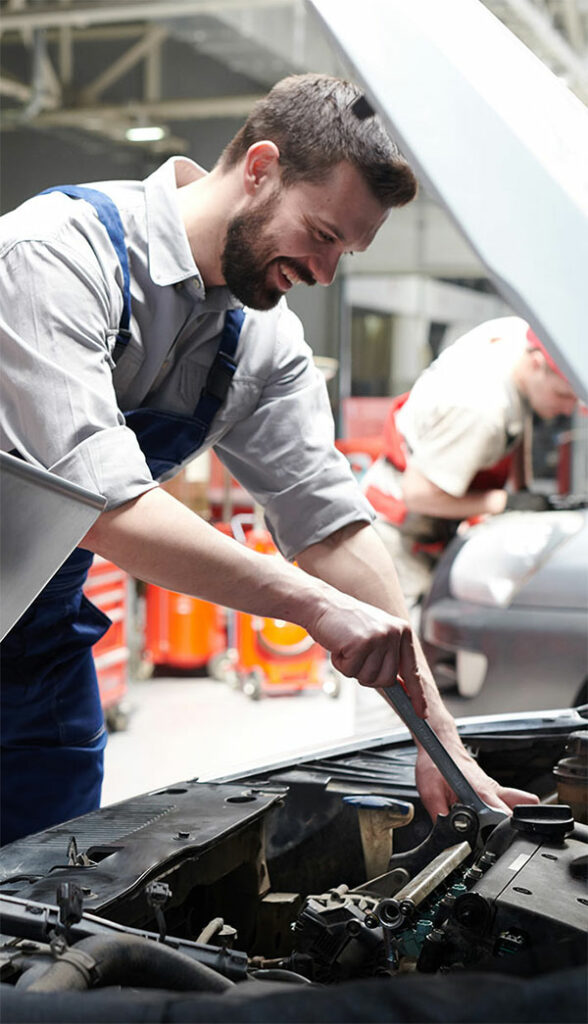
The Role of Uninsured and Underinsured Motorist Coverage
Uninsured and underinsured motorist (UM/UIM) coverage can be particularly important in no-fault states. This type of coverage protects you if you’re involved in an accident with a driver who either has no insurance or doesn’t have enough insurance to cover the damages.
In a no-fault state, if another driver is at fault and their insurance isn’t sufficient to cover your damages, your underinsured motorist coverage can help bridge the gap. Similarly, if the at-fault driver doesn’t have insurance, your uninsured motorist coverage can help cover your medical expenses and car repairs.
UM/UIM coverage is not always required, but it’s highly recommended, especially in no-fault states where the at-fault driver may not be held fully responsible for your damages. Having this coverage can provide additional peace of mind and financial protection in the event of an accident.
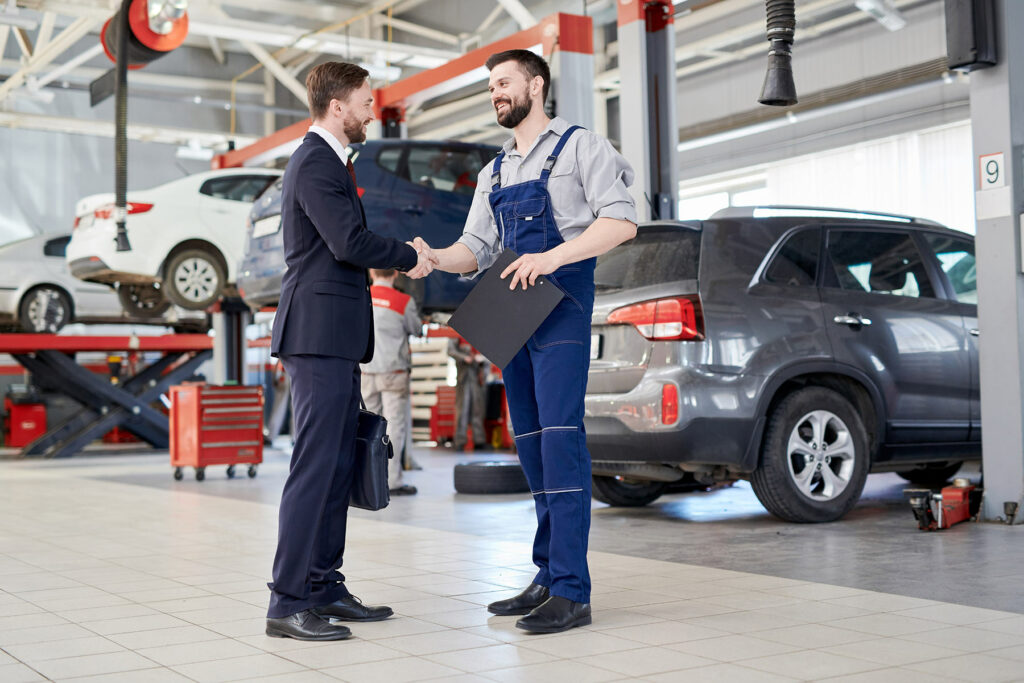
No Fault State Accident Understanding
When it comes to getting into an accident in a no-fault state, it could not get any worse. It can have you thinking who pays for car damage in a no fault state the minute after you get your bearings from the accident. Fortunately, suppose it is credible enough and you are not found at fault without reasonable doubt. In that case, it is very likely the “at-fault” party’s insurance will cover your auto repairs after they go through hearings with your insurance.
Steps To Take
If you’re involved in an accident in a no-fault state, it’s important to take the following steps to protect your rights and ensure that your insurance claim is handled properly:
- Ensure Safety and Exchange Information: First, make sure everyone is safe and call for medical help if needed. Then, exchange information with the other driver, including insurance details, contact information, and vehicle registration numbers.
- Document the Scene: Take photos of the accident scene, including damage to all vehicles involved, any visible injuries, and the surrounding area. This documentation can be valuable when filing your insurance claim or if there’s a dispute over who is at fault.
- Notify Your Insurance Company: Contact your insurance company as soon as possible to report the accident and begin the claims process. Provide them with all the necessary information, including the other driver’s details and any photos or documentation you’ve collected.
- Seek Medical Attention: Even if you don’t think you’ve been seriously injured, it’s important to seek medical attention after an accident. Some injuries may not be immediately apparent, and having a medical record can be important for your insurance claim.
- Consider Legal Advice: If you’re unsure about your rights or if the accident has resulted in significant damages or injuries, consulting with a lawyer specializing in auto accidents and insurance claims may be beneficial. They can help you navigate the complexities of the no-fault system and ensure you receive the compensation you’re entitled to.
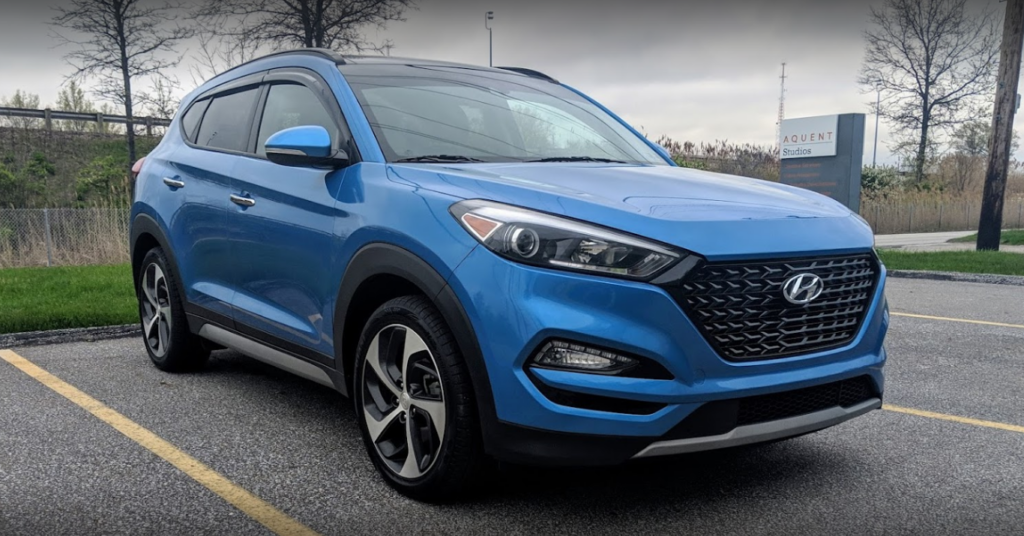
Conclusion: Navigating No-Fault Insurance
Thankfully for our Ohio customers, Ohio is not a no-fault state when it comes to accidents.
Living in a no-fault state can simplify the process of dealing with injuries after a car accident. It doesn’t eliminate all the complexities associated with property damage claims. While your own insurance will cover your medical expenses, you may still need to rely on the at-fault driver’s insurance to pay for car repairs. You may need to turn to your own collision coverage if the other driver is uninsured or underinsured.
Understanding the nuances of no-fault insurance, including when you can step outside the system to pursue additional compensation, is key to making informed decisions after an accident. Whether you’re dealing with minor dents or significant damage, knowing who is responsible for covering the costs can help you avoid unexpected financial burdens and ensure that your vehicle is properly repaired.
At Wickliffe Auto Body, we’re here to help you navigate the complexities of car repairs after an accident. Our experienced professionals are dedicated to providing high-quality repairs and exceptional customer service, no matter the circumstances. If you have any questions about your vehicle or need assistance with it, don’t hesitate to reach out to us. We’re here to help you get back on the road safely and confidently. We hope this helps you see who pays for car damage in a no fault state.
